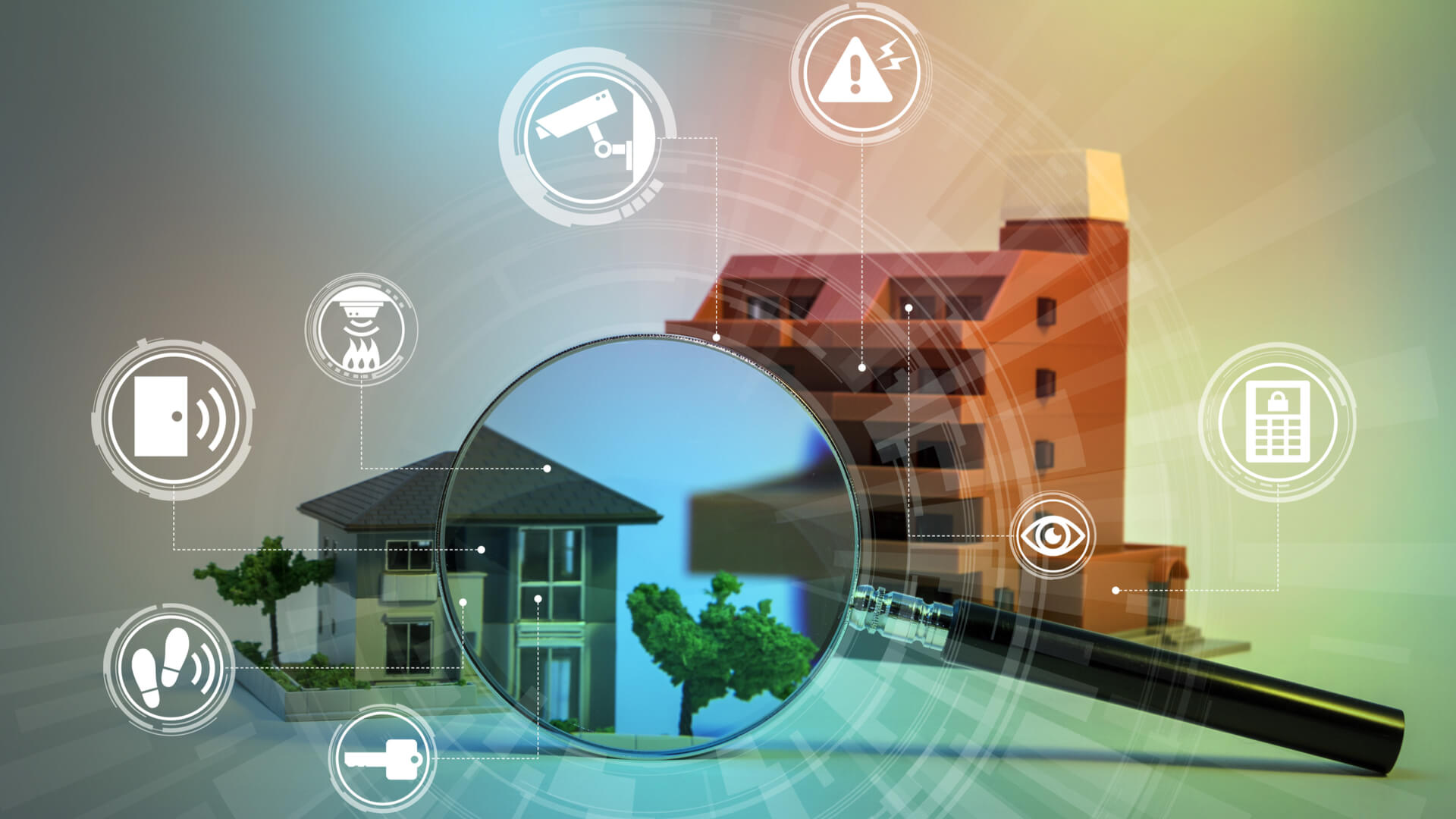Smart homes are now becoming the domestic face of IoT (Internet of Things). In the past few years, humans have become increasingly used to connecting the devices in their homes to each other and the internet. The smart home concept has made today’s living spaces more economical, entertaining, safe, and comfortable. This trend is set to continue into the next several decades. A recent report estimates that this industry is expected to grow from $55 billion (as of 2016) to $174 billion (2025).
The hyperconnected home comes with some downsides too. By having your home systems connected to the internet, you are also opening it up to various security threats. Your home devices, such as surveillance cameras, baby monitors, and other devices, can be hacked. The entire home network can also be hacked, especially if you haven’t taken the right steps to secure it. Remember, if any component of your home system is vulnerable, it could compromise the entire system.
You probably have heard about the security issues darkening the smart home trend and its future. Some of the horror stories told by users include a high-tech baby monitor that yelled at the baby (October 2015), Alexa made unprompted sounds that Amazon doesn’t recognize (2018), Alexa also sends a private family conversation to someone 176 miles away (2018), and in 2017, Google Home Mini recorded nearly everything without the user’s knowledge. These are some of the creepiest things that smart home systems have ever done. Here are the top three smart home security vulnerabilities that you should know.

1. Router vulnerability means smart home vulnerability
Most smart homes have a Wi-Fi network. In this case, a Hacked router opens up countless vulnerabilities where hackers can access your mobile devices, computers, and eventually get your personal data. Also, the cybercriminals can control your security cameras such as CCTV and baby monitors.
Just think about it: if your smart home network or route gets hacked, some cyber criminals out there will have access to the main system in which all your home’s appliances and devices are connected. That means everything gets compromised. In addition to data theft, the thought of someone else gaining control of your home is scary.
An effective to address this vulnerability is to install a VPN router. It ensures that all internet traffic within your smart home’s network is highly encrypted. Besides, the VPN router can hide your IP address and help encrypt other devices connected to it. Thus, it can block cybercriminals from seeing your activities online.
2. Vulnerable smart home appliances and devices
Each IoT-enabled device and appliance is at risk when it comes to hacking. Cybercriminals tend to use various platforms to scan firmware vulnerabilities of smart devices in the market. You have probably read many stories about how hackers have been able to infiltrate security networks and CCTVs.
If cybercriminals exploit a security vulnerability in a single device or appliance, the chances are that they will gain access to the entire home system, leaving your personal information exposed. This is why you should keep your appliances and devices up-to-date. Regular updates come with security patches and new features to ensure safer and seamless operation.
3. Malicious updates (Fibaro cloud threat)
Recently, Kaspersky experts uncovered a smart home attack that didn’t require password cracking. Fibaro smart home allowed users to upload and download the hub backup data from the cloud server. Note that a smart hub is an important element of your smart home because it controls other devices such as coffee makers, thermostats, security cameras, and more.
Some cybercriminals exploited this vulnerability. They would create a backup copy, upload I, and persuade a user to download an ‘update.’ The hackers imitated messages from Fibaro (phishing). Installing this update could expose the smart homeowner to security threats and unauthorized personal data access. To avoid installing the wrong updates, read reviews from other users, and if anything seems off, contact the service provider. It’s also important to have a reliable, active firewall.
Wrap up
If you intend to get started with home automation, get to know the security vulnerabilities that you must address. Other acceptable safety practices include checking permissions when installing a device, update the necessary devices regularly, use strong passwords, activate firewall, and use a VPN to prevent hackers from accessing your personal data.












Add Comment